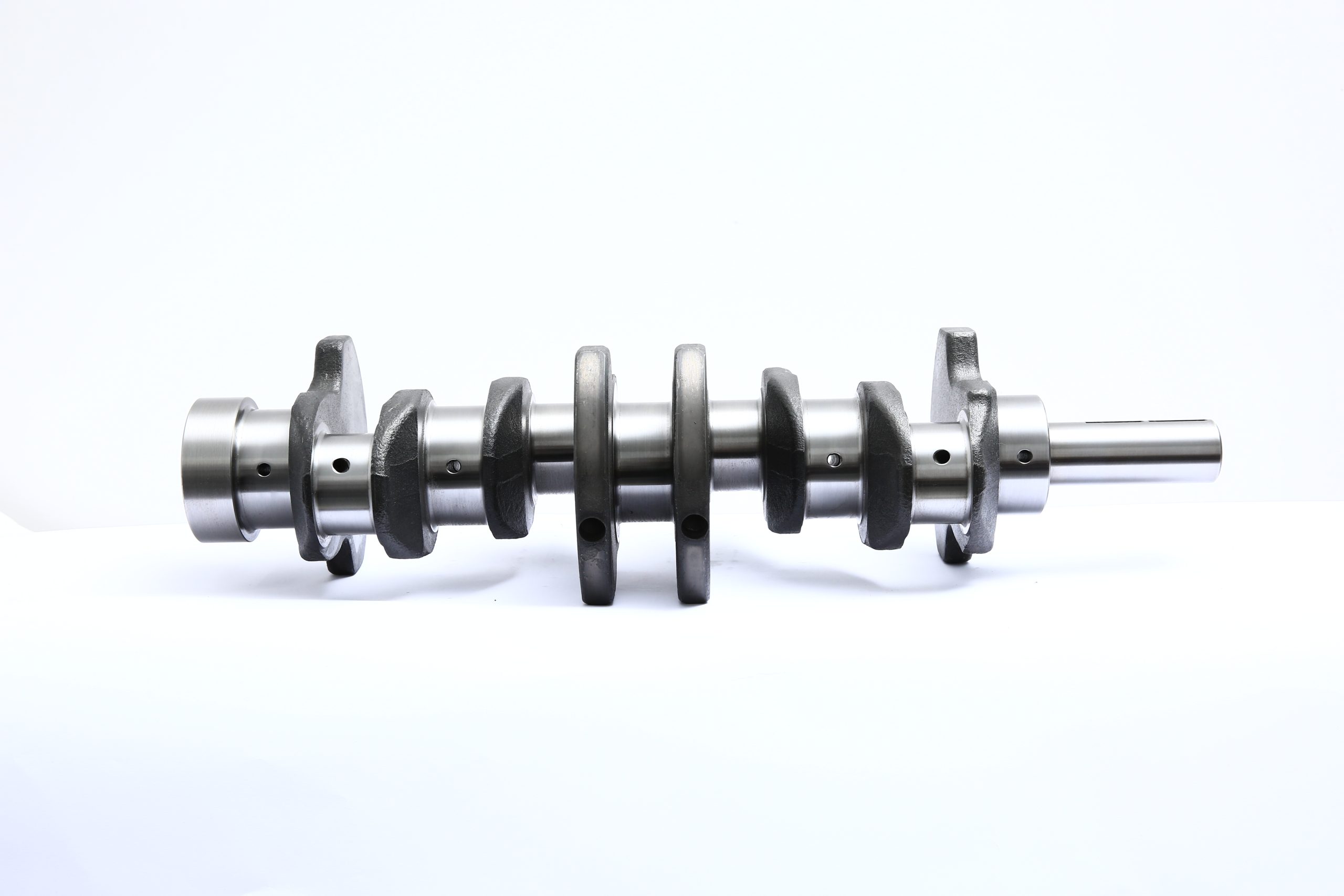
K24A Connecting Rods: Enhancing Performance and Reliability
K24A Connecting Rods: Enhancing Performance and Reliability offers insight into the role of connecting rods in the popular Honda K24A engine and explains why upgrading to performance connecting rods can provide significant benefits for engine builders and enthusiasts alike. The K24A engine, part of Honda’s K-series engine family, has gained popularity among automotive enthusiasts due to its high-performance capabilities and versatility. Connecting rods play a crucial role in these engines, as they transfer the linear motion of the pistons to the rotating motion of the crankshaft. The quality of the connecting rods directly impacts engine performance, durability, and reliability. Stock K24A connecting rods are typically made of forged steel, providing strength and durability for everyday driving. However, for those looking to push the limits of their engine, upgrading to aftermarket performance connecting rods can offer numerous advantages. Performance connecting rods are commonly made from materials like 4340 forged steel or








